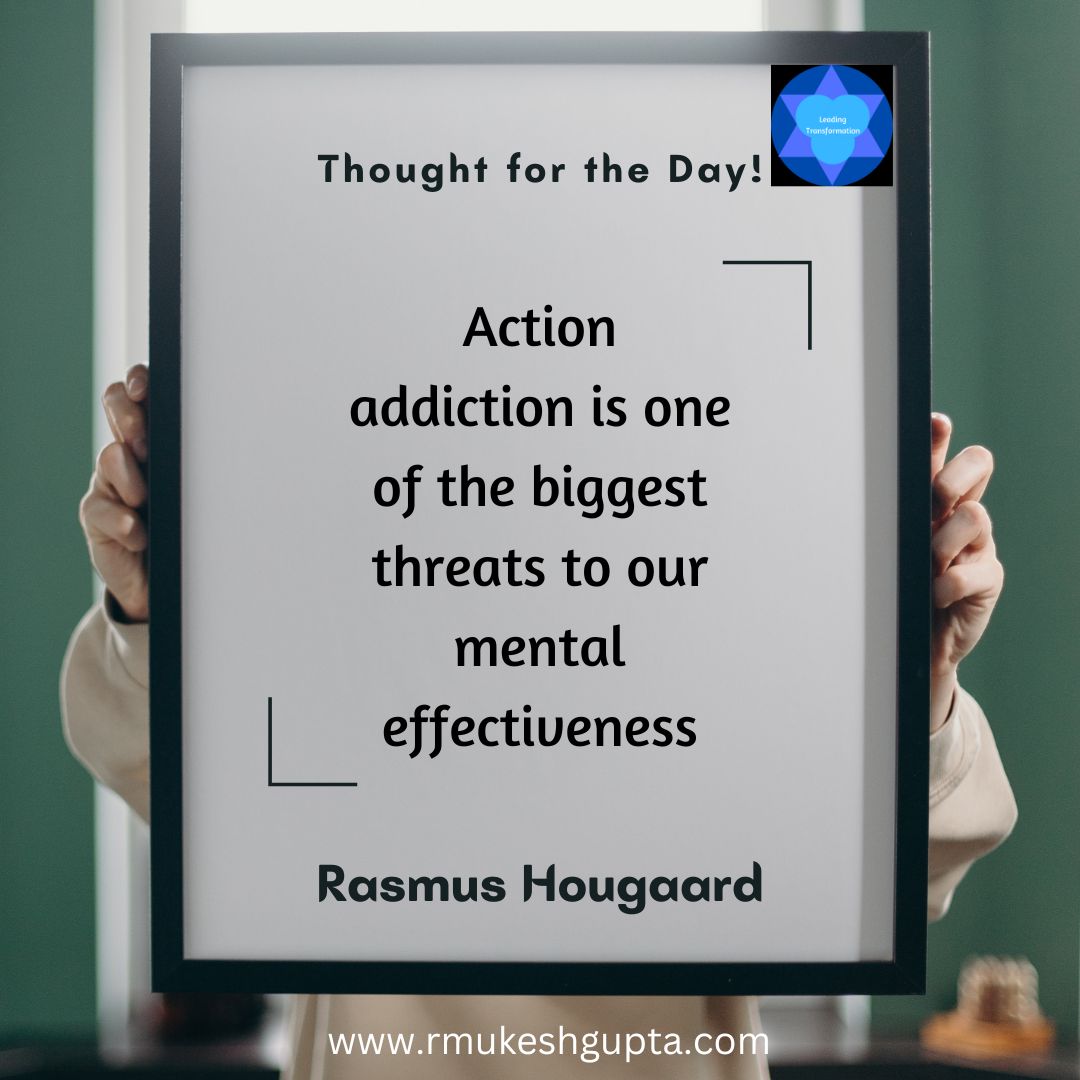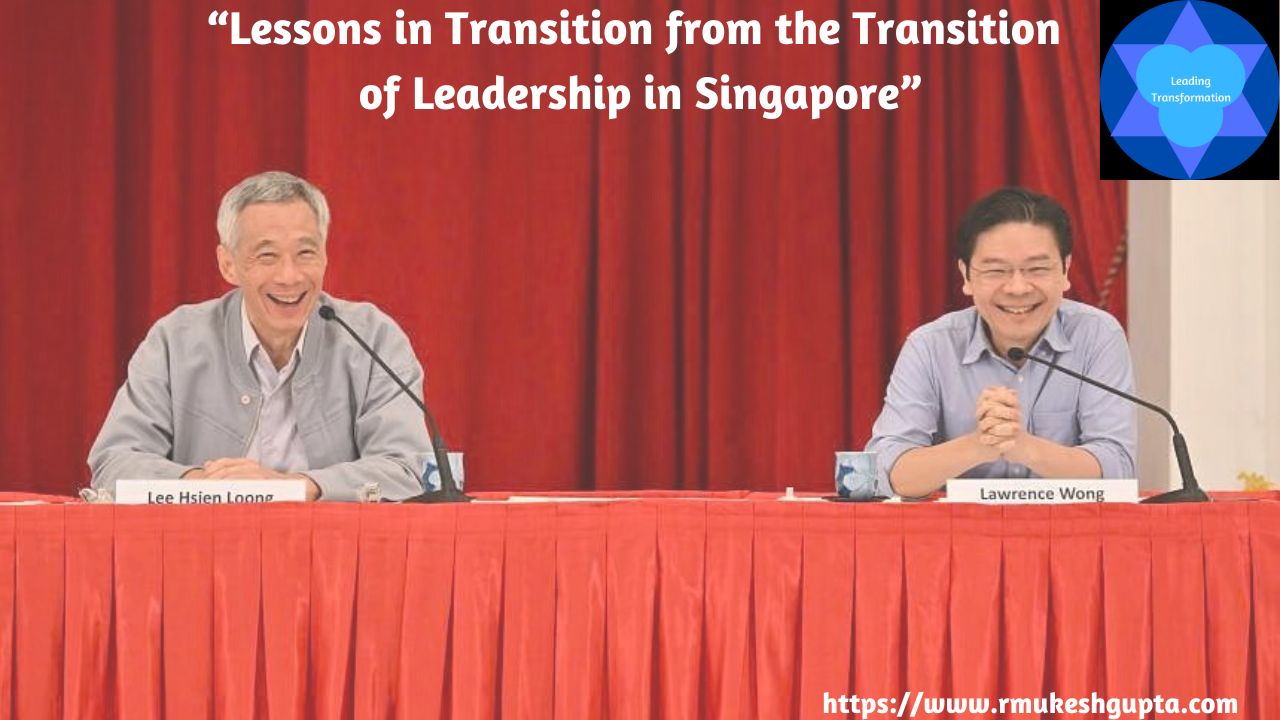
In a recent blog, advertising legend Dave Trott shares the story of the insight that led the Wright brothers succeed in recording the first human flight in history, while everyone else struggled and failed.
The key insight was that they understood that it was not the air under the wings that powered the flight but it was the lack of air above the wings that sucked the aircraft upwards. This was going against all known wisdom of the day.
So, there is a time and place for following conventions and there is a time and place when defying conventional thinking and being open to going against it and pushing beyond the obvious. As leaders, it is our responsibility to make a conscious choice of which strategy to pursue given our situation.
Given that this is the case, the question that then arises is how does one decide when to use which strategy. I think Dave Snowden and his Cynefin framework comes in handy. You can find more information about him and his framework here.

According to Dave, there are 5 different kinds of situations that we can experience as leaders with different kinds of constraints and hence responses.
Clear:
The kind of situations are straightforward. These situations have clearly defined constraints and known ways to respond. These are situations where we go with the best practices already formulated from past experiences. These situations require us to go with the conventional choice and not bother about trying to reinvent the wheel.
Complicated:
The kind of situations are straightforward as well. These situations have clearly defined constraints that are well known. These require some expertise but once we bring in the right experts, we just need to allow these experts to respond to the system or the situation. Here again, conventional thinking works well.
Chaotic:
These kind of situations are by nature evolving and chaotic, with no clearly defined constraints. By their very nature, these are situations that I think are still developing. The scenarios are still playing out and as of now, we are not sure what the constraints are. In these situations, it is best to take an action (any action), then look at how the system reacts to the action and then respond to that.
Overtime, things will get clearer and the system or the situation moves in one of the other kinds of situations as it is the natural order of things. Things cant stay chaotic for long periods of time. Systems tend to find a way to come to equilibrium one way or the other. It is a matter of time and patience is required.
In chaotic times, we would do well by going against convention. However, what matters more in such situations is that we take action first, sense next and respond to the result.
Complex:
In these situations or such systems are by nature evolving. However, the difference between the chaotic situations and complex situations is the nature of constraints. In chaotic situations, the constraints themselves are evolving and changing.
However in the complex situations, the constraints are either known or can be known. While we know the constraints, we don’t usually know the right way to address them and in most cases, there isn’t one right way to address them.
The best way to address these kinds of situations is through exaptive adaptation. We would do well to go beyond and sometimes against the conventional wisdom to address these situations.
Confused:
When we are unable to make our mind about which quadrant does our situation falls in, we are confused. In this situation, we don’t take any action. Our primary responsibility is to first identify which quadrant are we in. We do whatever it takes to develop that understanding and once we have that, we respond accordingly.
In conclusion:
In conclusion, when we are in the right side of the quadrant (clear or complicated) situations, we will do well if we stick with conventional wisdom and when we are in the left side of this quadrant (chaotic or complex), we would do well to go beyond or against the conventional wisdom.
So, the primary role of a leader is for us to determine, which quadrant are we playing in and respond accordingly. Irrespective of the situation, we need to keep our eyes open for any unintended consequences and address them as they arise.




